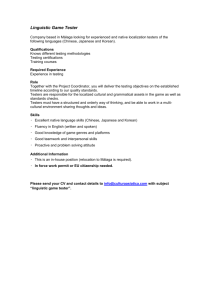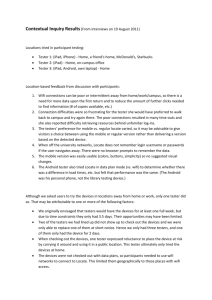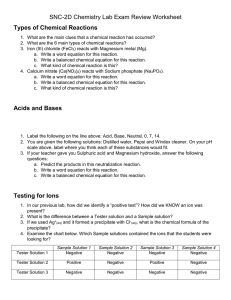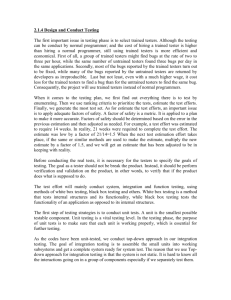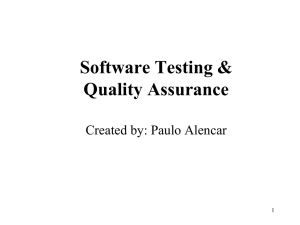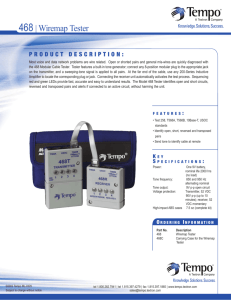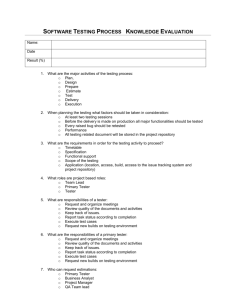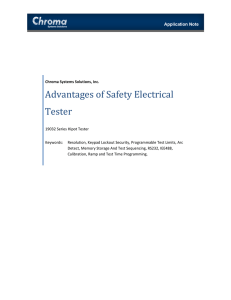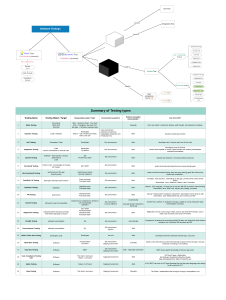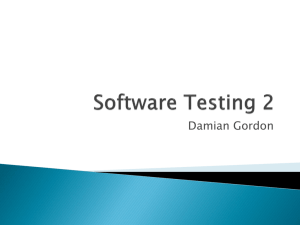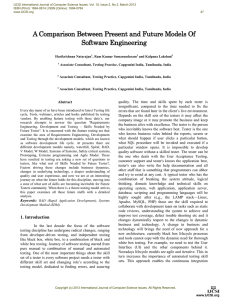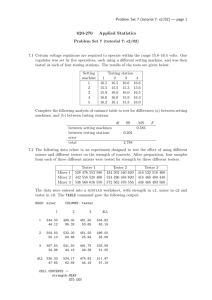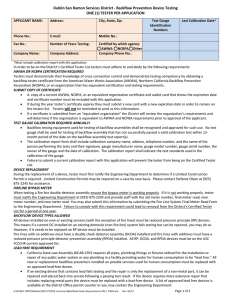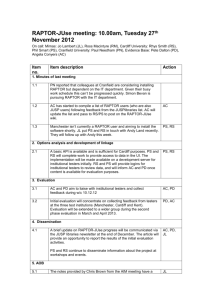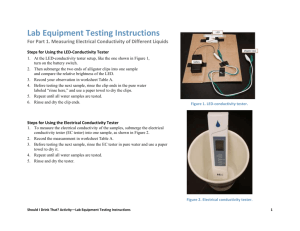Sensory analysis Pg 75,76,77
advertisement
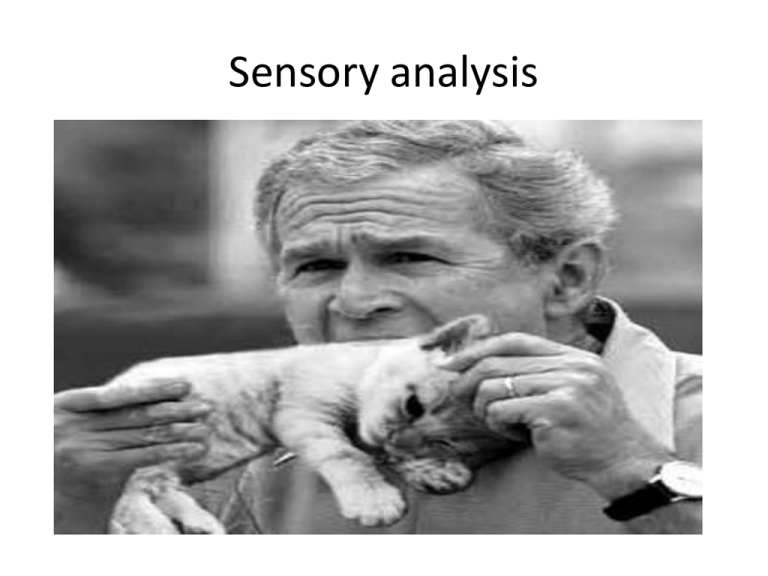
Sensory analysis The five senses • • • • • Hear-fizzy drinks Smell-Fish and chips Touch-exploding candy See-attractive foods Taste-the last sense we use. Carrying out sensory analysis • Set up a quiet area or booth where people will not be disturbed. Do not let the tasters talk to each other. • Give the testers, lemon water or a piece of apple or a dry cracker to clear the palate. Fair testing • Use same portions of food -all small. • Use clean spoons or forks each time. • Use 5 digit codes rather than the name of the food-this is blind tasting. • Make sure the tester know what they are doing • Give the testers paper on which to record their results. Using sensory analysis • • • • Three kinds of tests Preference testing Discriminatory testing Attribute testing Preference Testing • Hedonic rating tests • Testers indicate their opinions saying 1 dislike a lot or 5 like a lot. • Paired preference tests • Tester is given two samples of food and says which one they prefer. Discriminatory Testing Used to tell the difference between two samples • Triangle testing • 3 samples given to tester. Two samples are the same and one is the odd one out. Can they spot the odd one. Possibly used on a healthier or low cost product. • A not A • One sample is given and then another two and are asked to identify which one is like the first sample. Attribute testing known as star profiles • Decide on the characteristics you want to test. • Draw a radar chart with one leg for each attribute. • Put five sections on each legs. • (5-very strong to 1 very weak) • Can be used to compare your ideal against the product you have produced. You will then have identified which areas you need to work on
